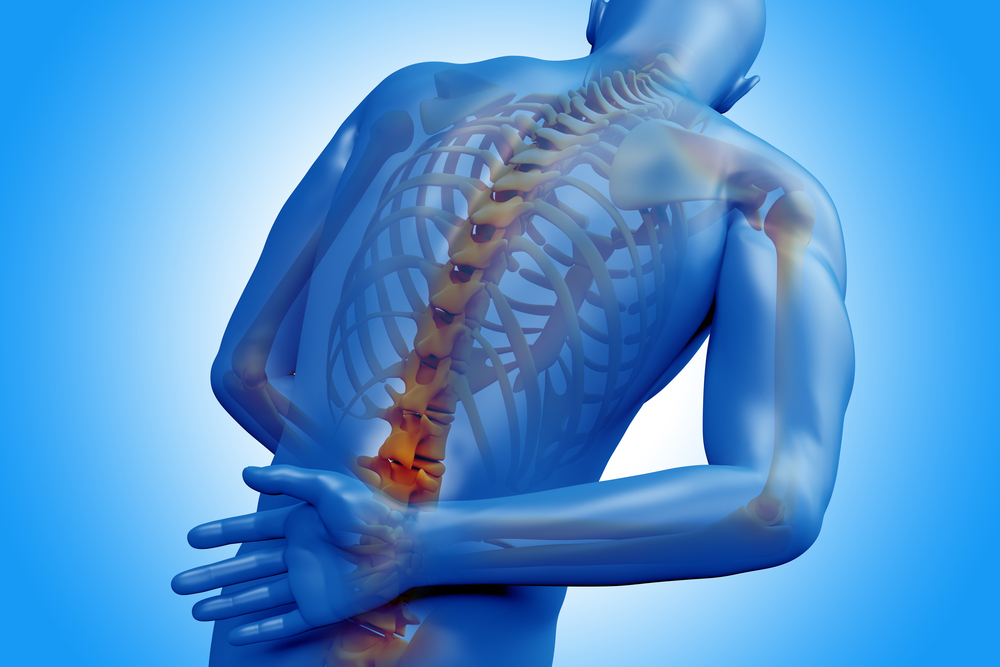Nearly a Fifth of IBD Patients Have a Joint Condition, Veterans Study in Texas Indicates
Written by |

Close to a fifth of bowel disease patients have joint conditions like spondyloarthritis and peripheral arthritis, a Texas study reports.
The research, “Characterization and prevalence of spondyloarthritis and peripheral arthritis among patients with inflammatory bowel disease,” was published in the journal Clinical and Experimental Gastroenterology.
Inflammatory bowel disease, or IBD, consists mainly of two conditions: Crohn’s disease and ulcerative colitis. But IBD patients can have joint conditions as well.
Spondyloarthritis is a broad term for inflammatory diseases of joints and the ligaments and tendons attached to bone. The most common spondyloarthritis condition is ankylosing spondylitis, which primarily affects the spine or lower back.
With peripheral arthritis, inflammation affects mainly the larger joints, like the hips, knees, ankles, wrists and elbows.
Researchers decided to study the type and frequency of IBD patients’ joint complaints.
A team at the Veterans Affairs Medical Center in Houston looked at 626 IBD patients older than 18 between 1996 and 2009. Ninety percent were men, and 57 percent had ulcerative colitis.
One hundred eight, or 17 percent, of the patients had at least one type of joint pain. Thirteen , or 12 percent, had ankylosing spondylitis; 35, or 32 percent, had chronic back pain without ankylosing spondylitis; 46, or 43 percent, had peripheral arthritis; and 14, or 13 percent, had other types of joint pain.
The team discovered that three times as many patients had peripheral arthritis as ankylosing spondylitis.
Another finding was that the number of ankylosing spondylitis and peripheral arthritis cases was roughly the same between patients with Crohn’s disease and patients with ulcerative colitis. In addition, the team found no connection between race or ethnicity and the type of joint condition a person had.
One hundred eight, or 68 percent of the 108 IBD patients did not have joint pain symptoms before their bowel disease diagnosis. In general, patients complained of joint pain one to 17 years after an IBD diagnosis.
This “implies that IBD may share environmental triggers, genetic susceptibilities, or alterations in immune homeostasis with inflammatory arthritis.” the team wrote. “It is important to recognize IBD comorbidities [other diseases associated with the condition] to promptly evaluate, diagnose, and treat or refer to other specialists.”





